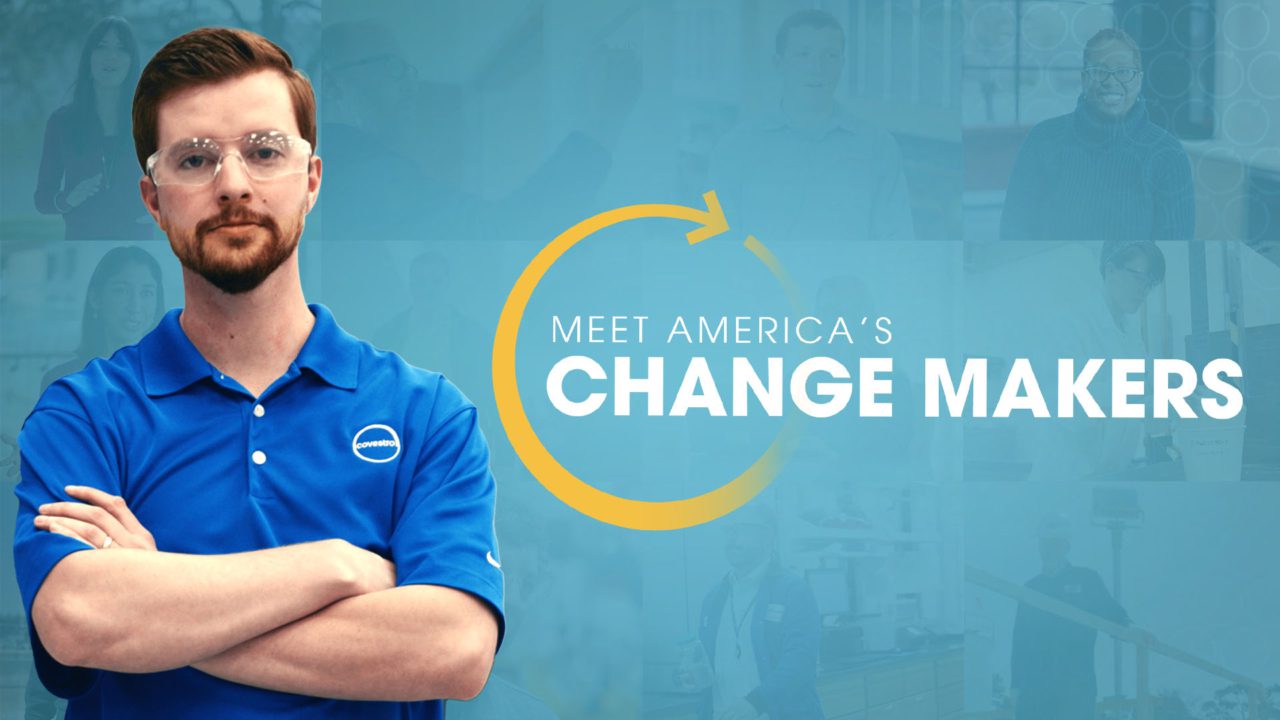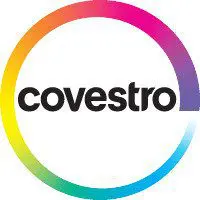Meet Mark, senior applications development engineer, Covestro.
Mark always liked to tinker.
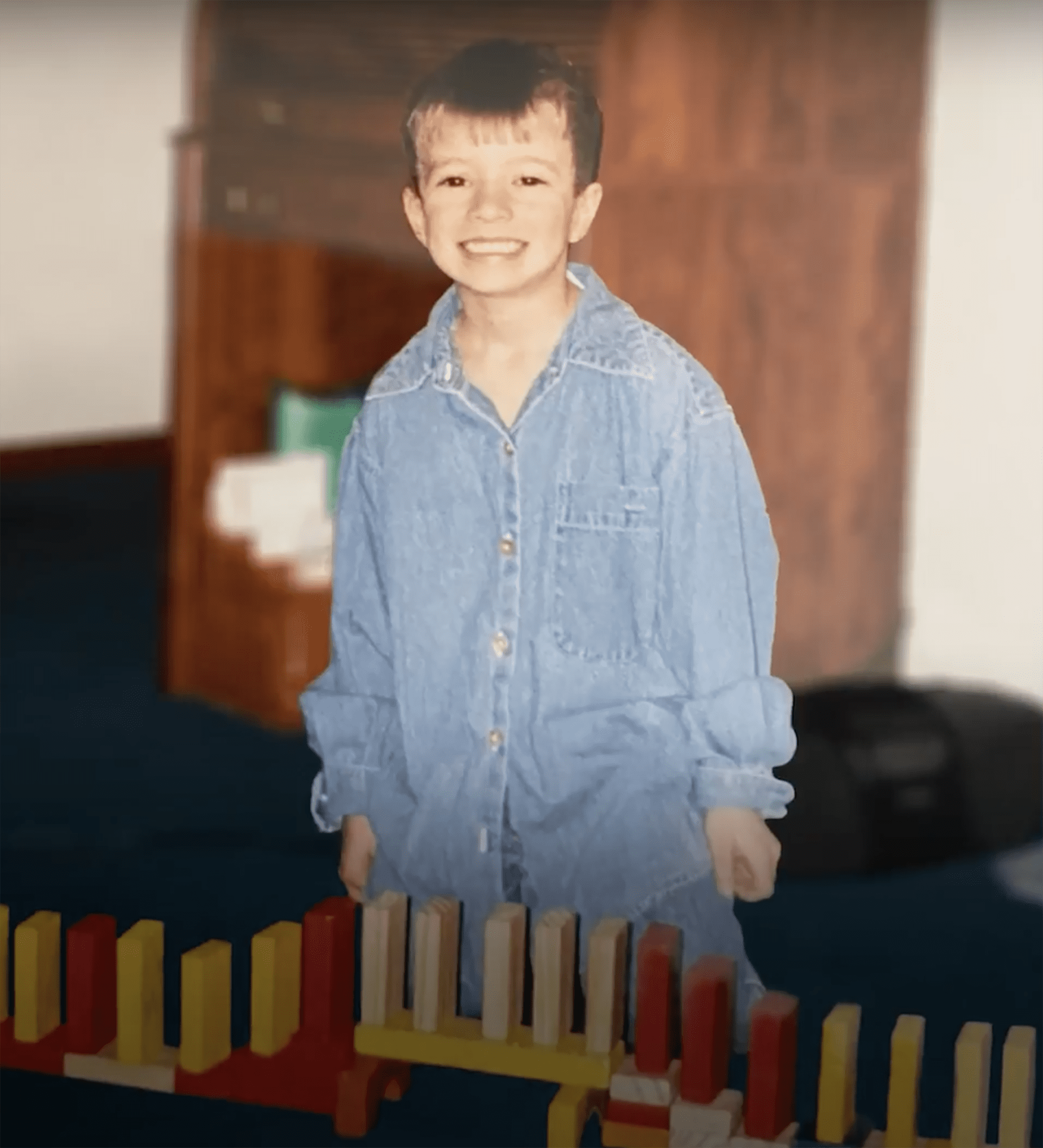
“I guess as a kid I’d always like to work on puzzles, do challenges and make things more efficiently. I always kind of tinkered around with toy cars and building blocks and wanted to make the next cool thing.”
And he learned to dream big.
“My parents would say, ‘Never let anybody tell you that you can’t design the next great thing.’ ‘You could be the next Steve Jobs’ was a phrase that I heard a lot in my household.”
And he’s building on that dream as an engineer at a major plastic maker.
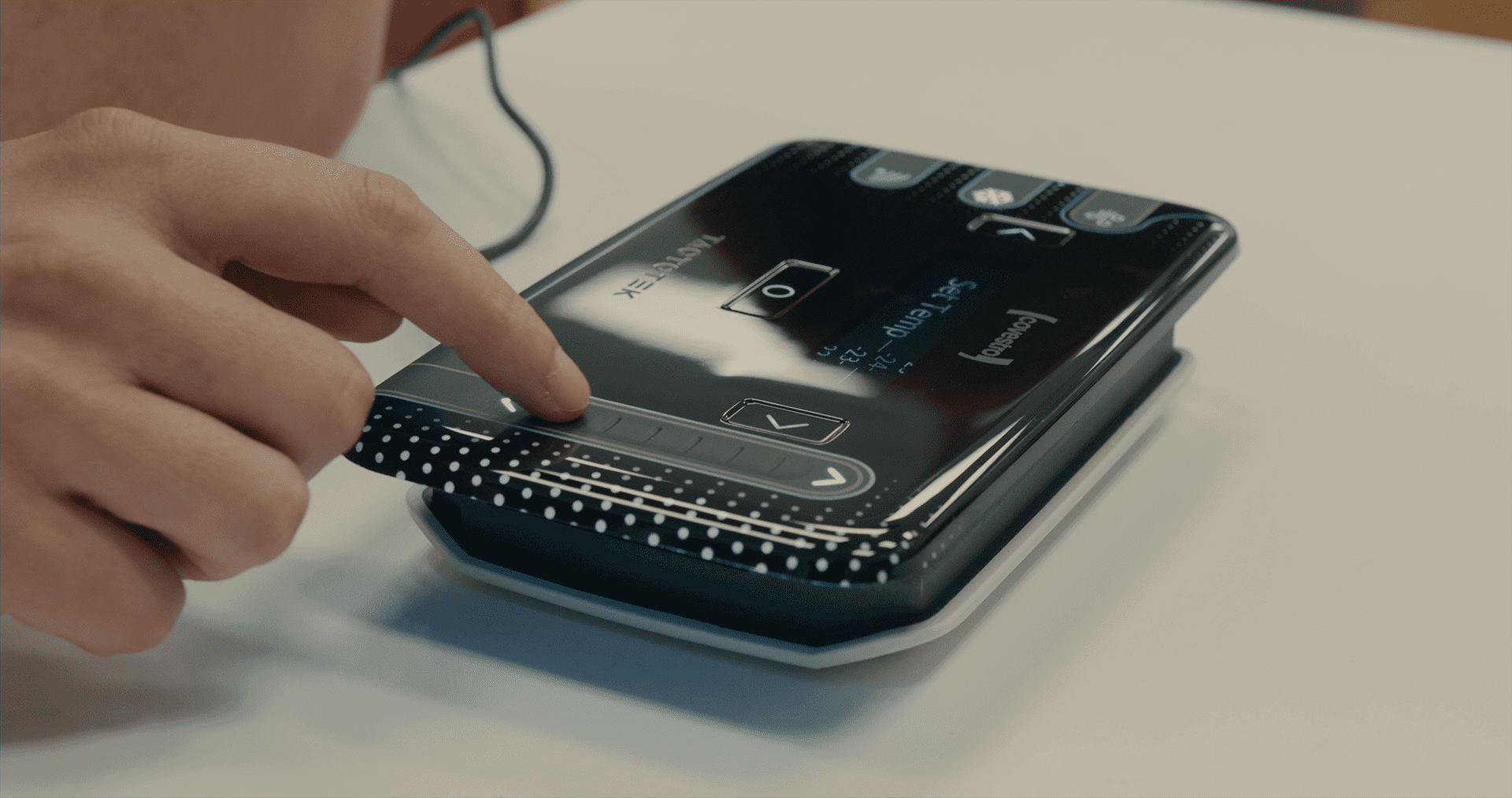
“I work primarily in the electronics industry. My role is to take the plastic that we sell and help our customers turn it into parts in the way that they want them to work.”
“It’s really cool to work with some of these cutting-edge tech companies on some of the different phones and laptops that come out. It’s really cool to say that you had a hand in doing that.”
His job is to help these companies design their products more efficiently. More effectively. More sustainably.
“I’m just always thinking about ways to do things better, ways to be more efficient, ways to improve the outcome of whatever we’re working on. To reduce cost, reduce resources used and still achieve the same outcome.”
As senior applications development engineer at Covestro, Mark gets to tinker around with more than kids’ toys these days. He helps household-name companies pick the right material for the right part for the right product. While helping improve the sustainability of their products.
Meet Mark. One of America’s Change Makers.
For Mark, it all starts with the material.
“Let’s say company A wants to choose the right color for a part or product. They want to decide on what metrics it needs. Does it need to be out in the sun all day? Does it need to survive cold temperature impact? Are there other considerations for optical properties? My group is typically brought into a project whenever we start to specify materials.”
Then the design begins.
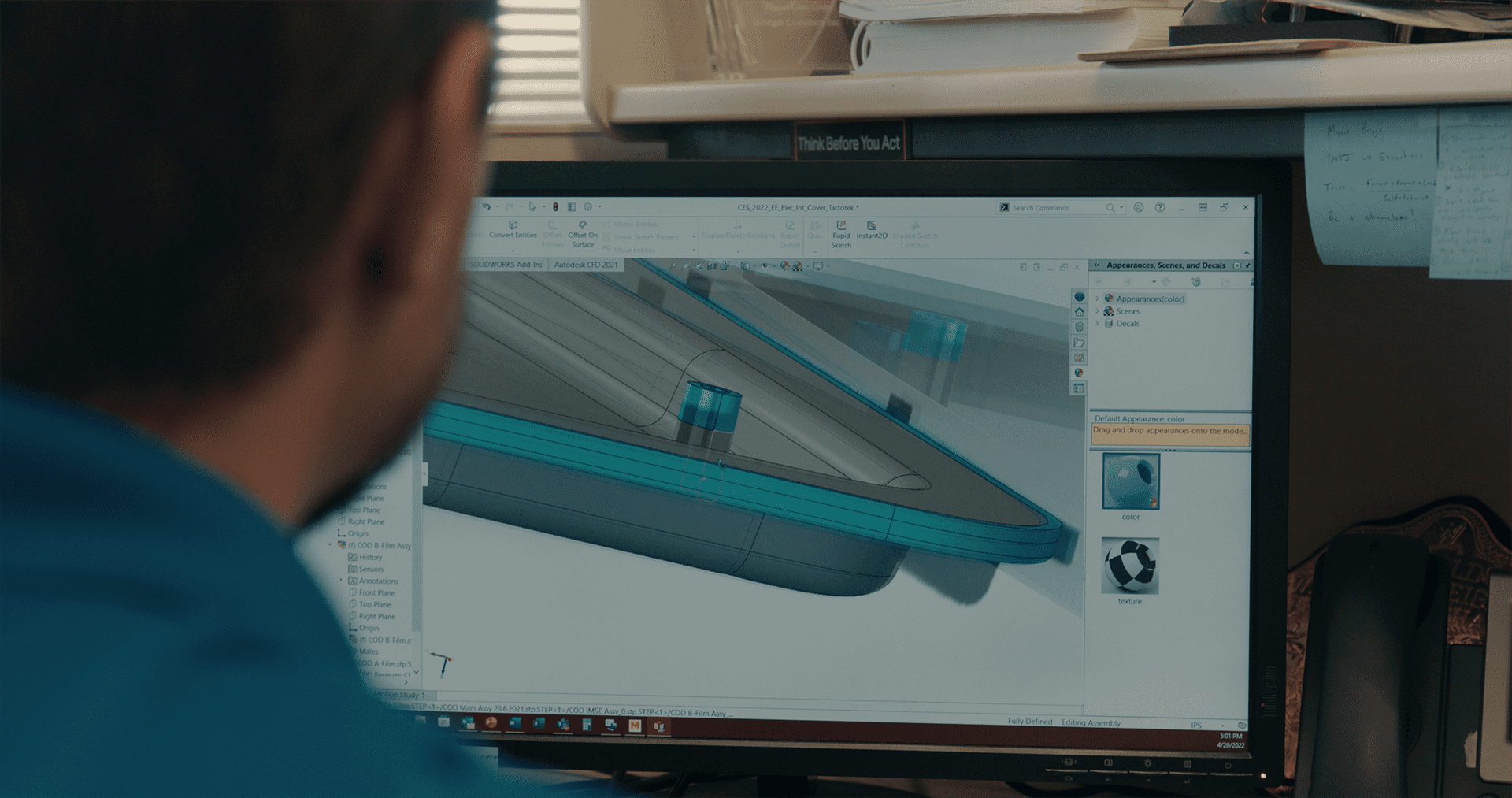
“And then from there, we’re doing simulations. We tend not to start from scratch. Usually, we will start with the CAD [computer assisted design] model, so we at least can see and visualize what we’re building and what we’re working with. And keep waste down.”
Working with plastic can help him reduce the environmental footprint of products and parts compared to using common alternative materials.
“If we think about automotive electronics in particular, it’s an area where lightweighting is very, very important. The product that we sell that displaces aluminum is roughly 50% of its density. So a lot of times we can reduce the part weight significantly. So as these carmakers have miles-per-gallon targets that they need to hit, lightweighting is very important.”
It also can help him cut waste and energy use.
“Metals are definitely different than polymers. Typically you need to cast aluminum at much higher melting points to get it into a liquid state, so you need a lot more energy to melt it. And casting with metals is often subtractive manufacturing these days where you have a big chunk of aluminum or steel and then you mill away sections. Whereas molding plastic, there’s very little waste.”
“If you look at LCA [life cycle analysis] studies, the numbers are going to tell you that in many applications plastic is going to beat metal on CO2 emissions, water usage, energy usage, things like that.”
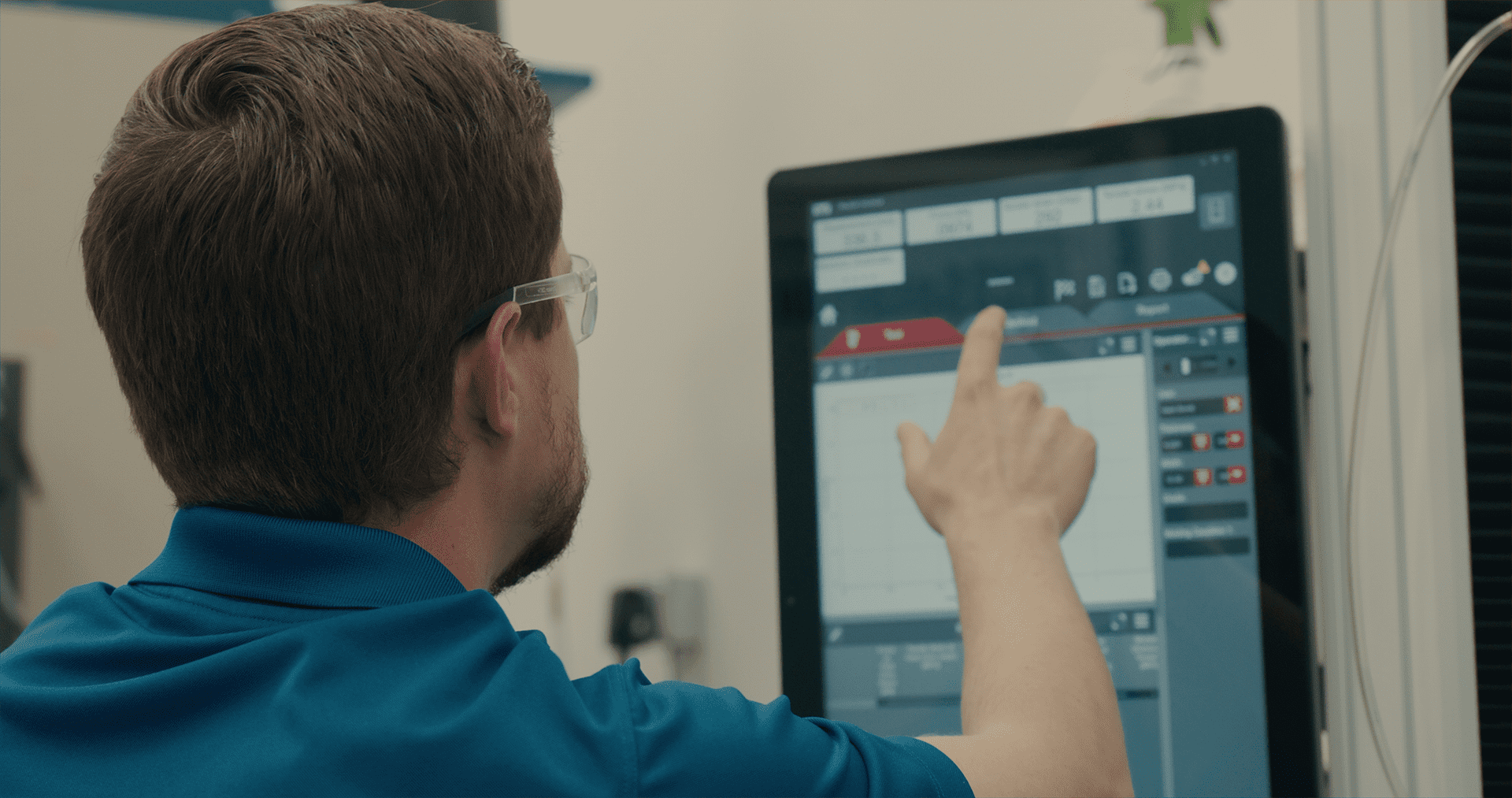
On top of the environmental benefits that plastic can provide, Mark’s excited about the rapid rise in new recycling technologies that can recover more plastic for reuse.
“There’s a number of chemical recycling techniques we’re going to be using where we actually take the plastic, we reclaim it, and we turn it back to its base materials. And then we can start the whole reaction again and basically close the loop. The plastic we make here is made to be remade.”
Marks believes that his constant tinkering is leading to a brighter future.
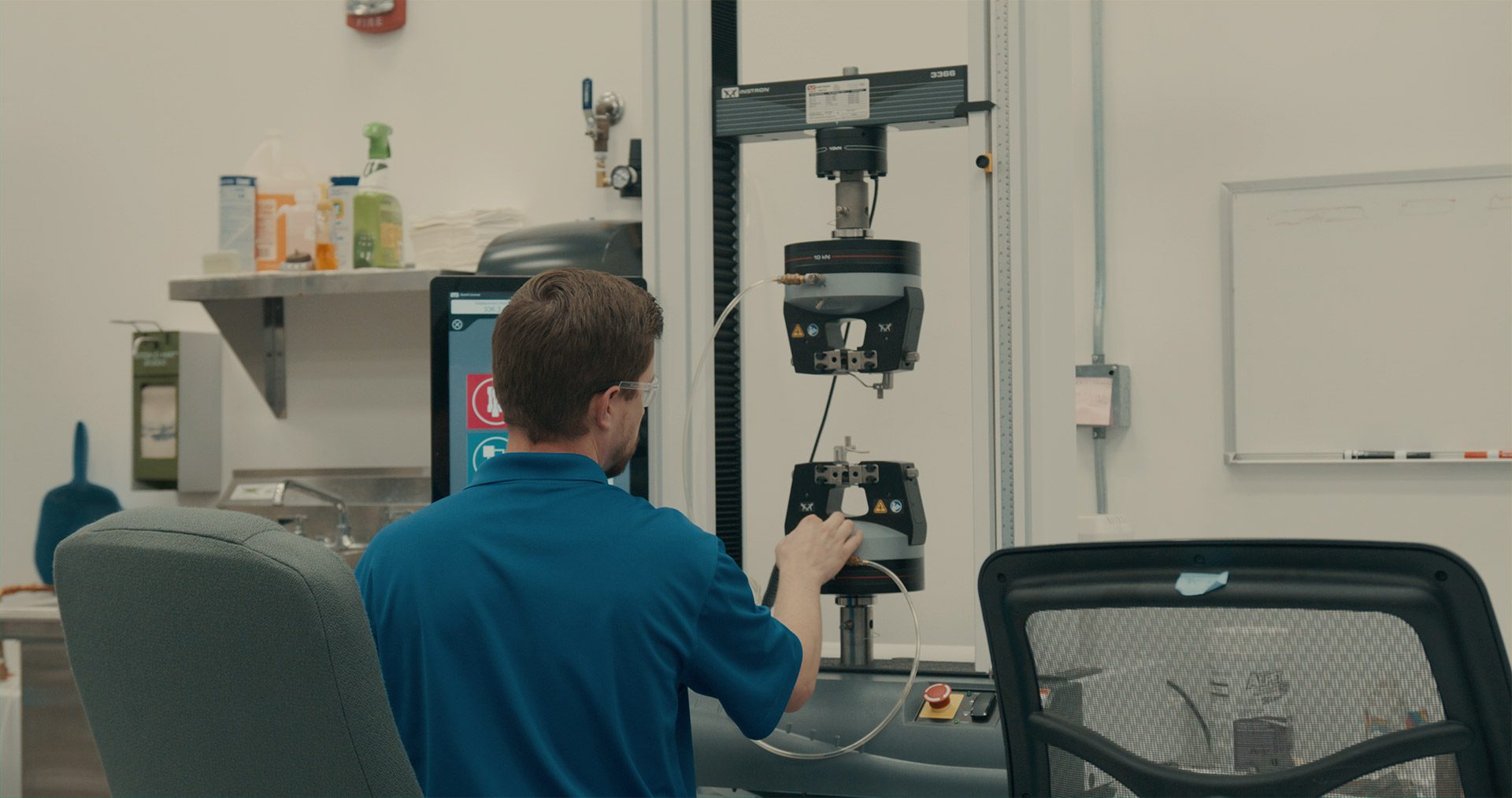
“As we think to the future in terms of the next generations and our grandchildren’s grandchildren, being careful with the planet and accomplishing the same goals with less energy or a more unique solution is something that’s definitely exciting to me. It gives me a bit of purpose.”
“I’d say in the next five to ten years, I would like to create even more efficient products and drive reductions in CO2 emissions and really close the loop. I think our company’s target is to be climate neutral by 2035. That’s a really exciting target that I’m happy to be a part of. And my daily work directly drives that outcome.”
Keep dreaming big, Mark. And keep tinkering.
We wish Mark and his colleagues continued success.

